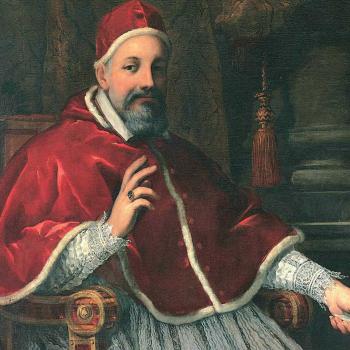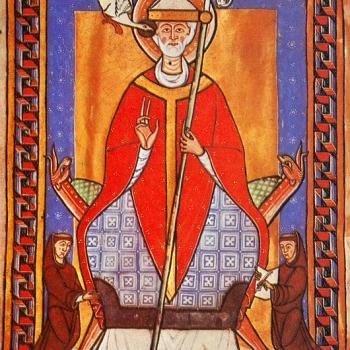A review of James L. Heft’s The Future of Catholic Higher Education (Oxford University Press, 2021)
During the years that radicals suppressed France’s 22 universities after the French Revolution, America’s first Catholic university began operations. Georgetown University, which was shielded from government meddling by the US Constitution’s First Amendment, began teaching its first students in 1792.
To accommodate waves of Catholic immigrants in the 19th century, intrepid monks and missionaries went on to found many more schools: Saint Louis University in 1818, Fordham in 1841, Villanova and Notre Dame in 1842, Holy Cross in 1843, Boston College in 1863, DePaul in 1898. Today, some 200 Catholic institutions of higher learning exist in the United States, making up 20 percent of such schools worldwide despite the fact that American Catholics represent only a small subset of global Catholicism.
These Catholic schools exist in an ecosystem with other private, church-related institutions from other traditions, ranging from research universities to small liberal arts colleges. Together, these schools constitute an extraordinary legacy of religious commitment and entrepreneurial zeal in a new, expanding country. Their origins provide a stark contrast to much of postrevolutionary Europe, where centralized states agglomerated higher education under their auspices, often forcing religious thought into seminaries and to the margins of society.
Anyone who cares about this ecosystem and especially its Catholic dimension will benefit from James Heft’s fine volume. Having served as a professor and administrator at several Catholic institutions and as founding director of the Institute for Advanced Catholic Studies at the University of Southern California, Heft brings theoretical depth and practical experience to his analysis. He advises universities to steer a middle ground between sectarian insularity and self-defeating secularization.
Sectarian religious schools, Heft contends, err with a “closed-circle” approach, untowardly shielding their students from the rough-and-tumble of intellectual pluralism and cutting-edge science. He names not only some evangelical schools but also several Catholic schools, such as Franciscan University of Steubenville in Ohio, Ave Maria University in Florida, and Thomas Aquinas College in California.
Yet more-established Catholic universities have often erred in the opposite direction, Heft writes. They obsequiously imitate prestigious secular schools, paying with their souls to play in higher ed’s big leagues. Arguably, many Catholic schools inclined in this direction upon signing the Land O’Lakes Statement in 1967, a pivotal document that called for “true autonomy and academic freedom in the face of authority of whatever kind, lay or clerical, external to the academic community itself.” This leaves open the fraught question—debated endlessly on many campuses—of the nature of a Catholic university’s relationship with the Catholic Church.
Read the rest of the review here at Christian Century, where it first appeared.













